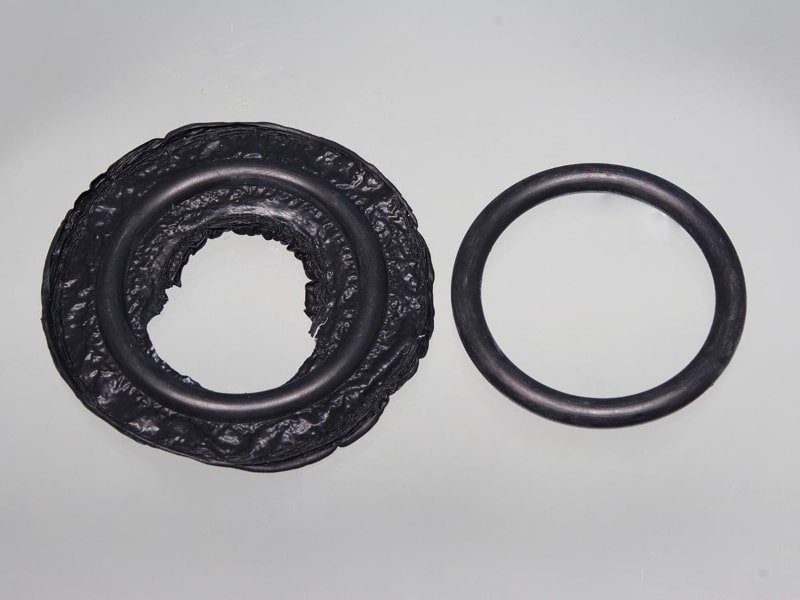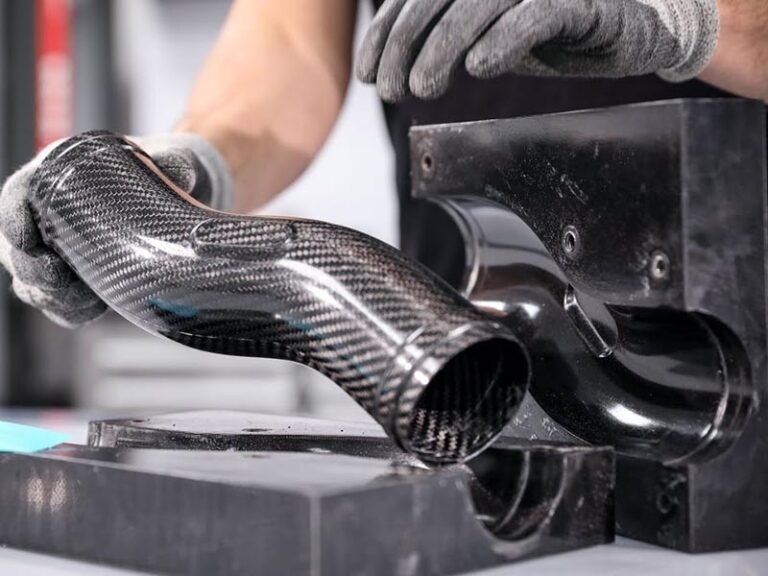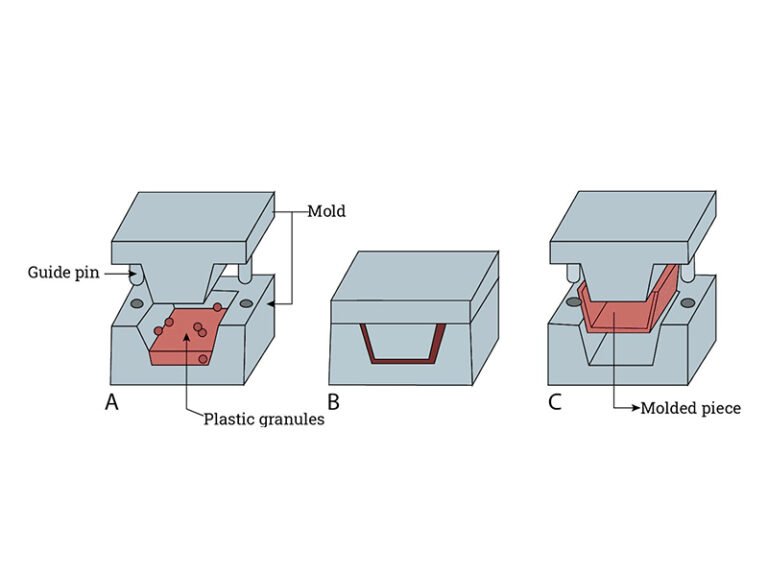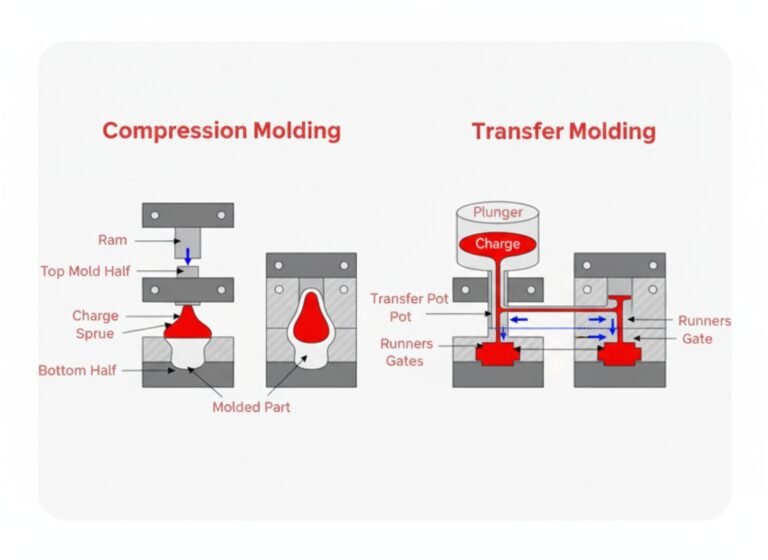Rubber flash is a common defect that occurs during the molding of rubber parts, impacting both aesthetics and functionality. Understanding rubber flash and the rubber deflashing process will improve the quality and performance.
What Is Rubber Flash?
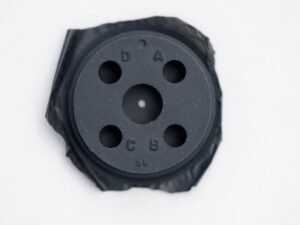
Rubber flash forms due to the escape of material through gaps where mold surfaces meet. This excess material creates thin, unwanted protrusions, commonly located along the parting line of the mold. Rubber flash compromises the part’s finish and can interfere with assembly and sealing. In critical applications such as automotive seals or medical components, even slight flash can lead to leaks, malfunctions, or rejection of parts. Additionally, flash increases the need for post-production correction, adding time and cost to manufacturing.
Processes That Cause Rubber Flash in Components
Compression molding is a primary process that leads to rubber flash in rubber compression components. In this method, a pre-measured amount of rubber compound is placed into an open mold cavity. The mold is then closed under high pressure, forcing the rubber to fill the cavity and take the desired shape. During this stage, if the mold has any gaps or if the pressure is uneven, excess rubber can escape along the parting lines.
Common Rubber Flash Products
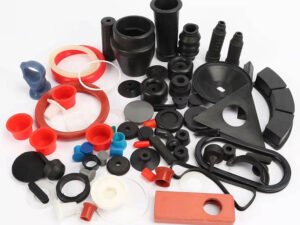
Certain rubber products are more prone to developing rubber flash due to their specific design and molding requirements. These include:
• O-rings
• Gaskets
• Diaphragms
• Rubber pads
• Shock absorbers / Cushions
• Rubber bushings
• Rubber stoppers
• Molded bumpers / protective covers
Causes of Rubber Flash Formation
The formation of rubber flash results from multiple factors in the manufacturing process. Understanding these causes is key to implementing effective controls in rubber deflashing.
- Mold Parting Line Mismatch: Misaligned mold halves create gaps, allowing rubber to escape. Dirt, debris, or wear on the mold surfaces can prevent a tight closure, allowing rubber to escape into these gaps. Repeated use causes mold wear and deformation, worsening the problem.
- Insufficient Clamping Pressure: Low clamping pressure fails to seal the mold, causing rubber to leak, especially for high-viscosity materials. Proper equipment settings and maintenance help prevent flash.
- Poor Mold Venting: Inadequate venting traps air, forcing rubber into parting lines. Worn or poorly designed vents, especially in multi-cavity molds, increase flash.
- Processing Parameters: High melt temperatures, extended residence times, and excess lubricants or coolants can lower rubber viscosity, making it easier for the material to flow out and create flash. Similar effects are commonly observed in rubber injection molding, where the flow behavior of the compound under pressure can cause flash along the mold’s parting line.
Technologies for Deflashing Rubber Parts
Deflashing rubber parts involves removing excess material to achieve clean, functional components. The rubber deflashing process varies by method, each suited to specific production needs and part complexities.
Manual Trimming
Manual trimming uses tools like knives or scissors to remove rubber flash. It is cost-effective and suitable for small batches or simple shapes like gaskets. However, it is labor-intensive and less consistent for large volumes.
Cryogenic Deflashing
Cryogenic deflashing involves cooling parts in liquid nitrogen to make the flash brittle, then tumbling them with plastic pellets to break it off. This process preserves dimensions and surface integrity and suits complex geometries.
Mechanical Deflashing
Methods such as tumbling, vibratory finishing, or abrasive media blasting remove flash through friction and impact. These are efficient for large-scale production but may require careful parameter control to avoid damaging the parts.
Chemical Deflashing
Chemical deflashing uses solvents to dissolve the rubber flash. Parts are dipped in solutions to soften and remove excess material. It is fast for thin flash but generates chemical waste, making it less common due to environmental regulations.
Other Methods
Water jet cutting uses high-pressure water to remove rubber flash without heat distortion, suitable for specific applications. Laser deflashing provides high precision for valuable components but involves significant investment. These methods are selected based on part requirements and production scale. Improper deflashing or excessive flash removal can even create new rubber molded part defects if not controlled correctly.
Conclusion
Rubber flash is an inherent challenge in rubber molding. However, adopting effective rubber deflashing processes ensures finished parts meet strict tolerances and functional expectations.
